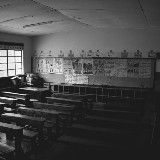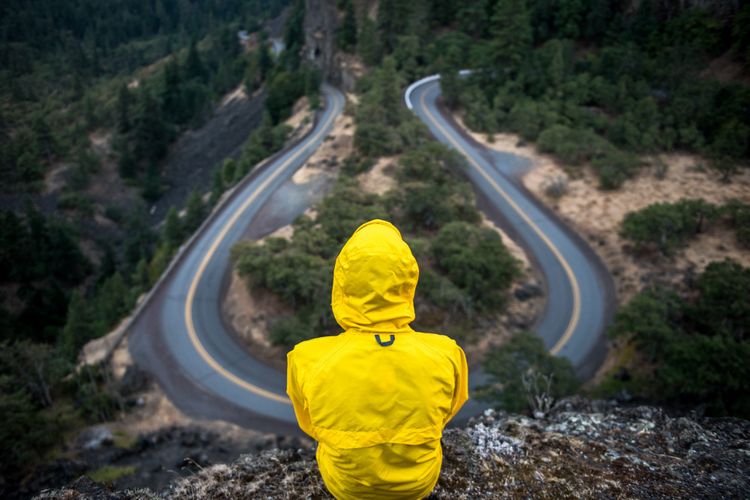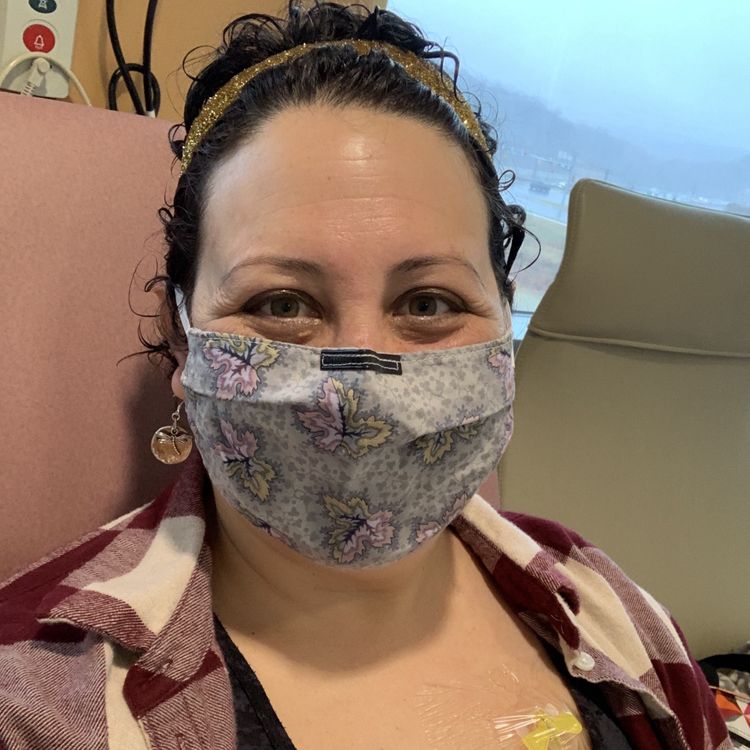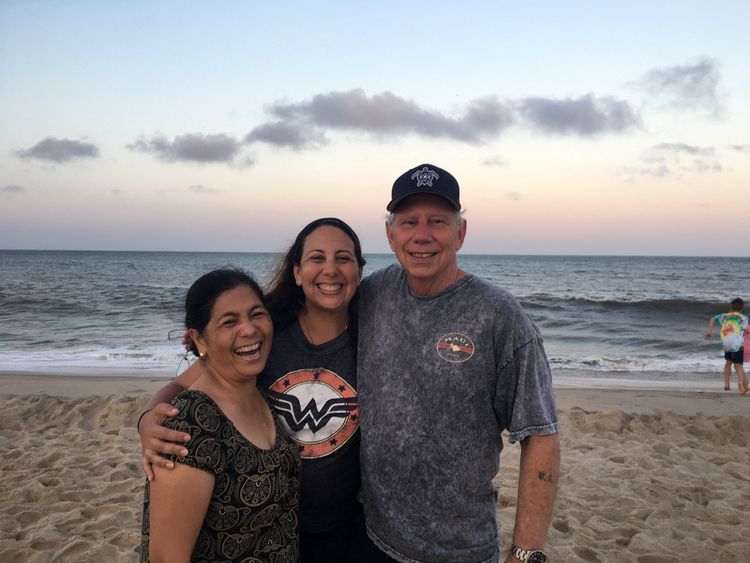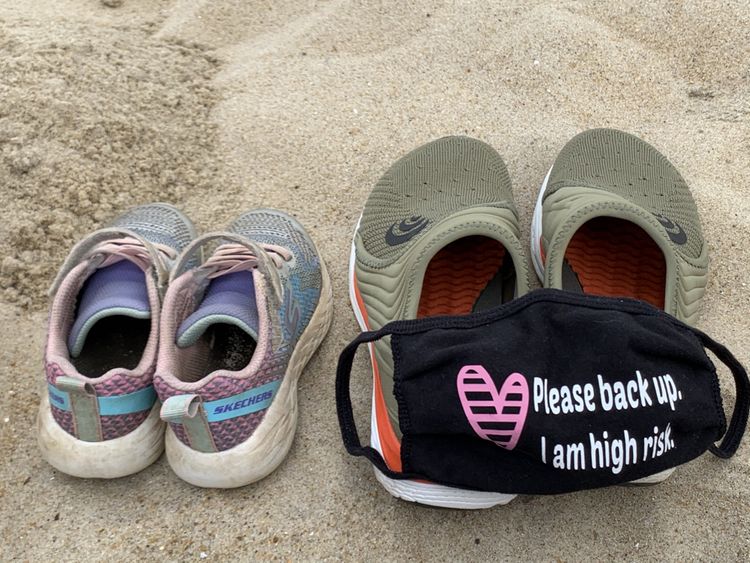A Different Approach to Education
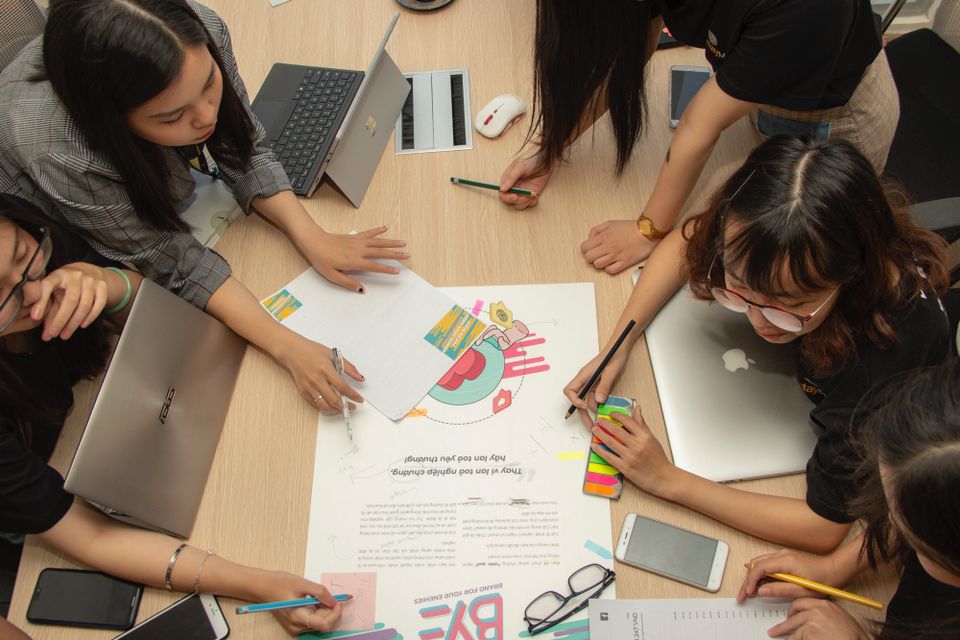
Implications from High Tech High: Most Likely to Succeed

I’m an education nerd. As a former classroom teacher and reading specialist I love discourse on educational practices. I like learning new ways to teach and to access information. As someone who loves to read, it was always a celebration when my reluctant readers found a love for reading. Even though I am no longer in the classroom, I am still passionate about education. I don’t think I can ever stop being a teacher. My brain always thinks about how to share the information I learn, how to translate everyday things in a way to scaffold learning and build background knowledge.
When I was in college a large component of learning how to teach was how to build interdisciplinary lesson plans. How can we build a lesson about apples that touches all parts of the curriculum: math (counting, fractions), science (life cycle of an apple tree, ecosystem), social studies (history), language arts (books, stories, tall tales, descriptive writing, poetry)? The list goes on.
However, when I was in the classroom teaching my own students, my school district had specific lesson plans and a specific scope and sequence for teaching. It was difficult to provide the interdisciplinary curriculum that I loved to build in this environment. Instead of scaffolding learning and building it across the curriculum (which I was told we were supposed to do!), I was forced to do it piece by piece. How much richer would the students’ learning have been if I could show how it was all interconnected. So how does this connect to High Tech High?
The other night my husband and I watched a documentary Most Likely to Succeed about High Tech High in California. Our education system is so entrenched in a focus on test scores and getting in to college that we miss the forest for the trees. We miss the importance of so-called “soft skills” like teamwork, adaptability, time management, and leadership. As an educator a goal is to push students to think deeply. I always felt hampered by “teaching to the test.” I hated that when I taught reluctant readers who were reading below grade level that even if they grew in their ability, they would still test below grade level. The district viewed their scores with a disregard for the growth that happened that year. Not only was I frustrated, but so were they. They couldn’t celebrate their own successes. Teaching to the test was encouraged by extrinsic motivation instead of intrinsic.
My goal with my own children is to encourage that intrinsic motivation. While extrinsic motivation is nice, what will last is intrinsic motivation that will encourage them to keep going even when they are not getting the accolades. It will encourage them when they are struggling and having difficulty completing a project or an assignment.
In the documentary, we followed a freshman class and how the students were introduced to a socratic way of thinking. They were given two teachers: a humanities teacher and a hard science teacher. The students aren’t inundated with traditional textbooks and assessments. The program was project based. The students, staff, and overall school was “graded” by what was produced for Exhibition night. Exhibition night was a time for the community to see what was being taught, learned, and accomplished.
Project based and student led learning is a dissent from traditional teacher-led classroom practices. The students get first hand experiences with leadership, time management, cooperative learning, empathy, and motivation. As an educator, not only do I want and need to teach the basics of the ABC’s and 123’s, but I want to encourage in-depth discussion, metacognition, and intrinsic motivation. This is probably why traditional teaching chafed me, having big brother standing over me and telling me to teach to the curriculum, which looks a lot like teaching to the test.
Then what’s next once we have taught our children to answer questions on a test? How do we take what they’ve learned and apply it beyond the classroom? How does it translate to the workplace? How many of our bright students have difficulty with the soft skills that are integral to most working environments? And what can we do to integrate soft skills in a traditional classroom setting?
My children are in programs that encourage thinking outside of the box. In middle school my son participated in an Interdisciplinary Research Project (IDRP) where he chose his research topic and present it to his peers and parents. In media, he learned how to create a short silent film with fellow students. Many of his projects are student led and teacher guided. So what does this mean for him when he applies for colleges? Will he have the necessary grades to get in and the skills to succeed in college? Yes.
Education should not just be about breadth but also depth. It should integrate soft skills. Teacher led lessons with kids sitting in neat rows should be a thing of the past. We should strive for our children to learn to think for themselves, offer their opinions and insights, and work cooperatively. Metacognition, scaffolding, pushing for depth is how we should be teaching.
Towards the end of the documentary a classroom of seniors was asked: Would you rather learn something that is more useful and relevant to your daily life or how to ace the test? Every student answered “To ace the test.” This makes me think we are failing our students if that is the end goal for students, parents, and education. Education should not be to “ace a test.” It should expand students’ depth of knowledge so that they can do more than just memorize facts and pass a test. Education should change to encourage students to learn and apply these soft skills which will be integral in the workplace.
I know it takes a certain type of mindset and willingness from teachers and administrators to step aside and let the students take over their own learning. Such a change also needs parental support to trust the process. To change education from teacher led to student led and teacher guided is uncomfortable. It changes the measuring stick. It would change our perception of what a classroom experience should be. What will we happen when we do that? I think we should find out.
